It happened in Iceland on Friday, March 19, 2021 at 8:45 PM. About 20 miles southwest of the capital, molten rock suddenly burst through the surface from below. Bright lava fountains then lit up the night sky. A volcano in this valley finally woke up after almost 800 years of sleeping soundly…
We divide volcanoes into 3 categories: active, dormant, or extinct. Around 1,900 of them around the globe are considered active. That means they’ve erupted in the recent past and will likely do it again in the possible near future. Dormant volcanoes haven’t popped off for a long time, but they still may in the future. You could say they’re sort of sleeping. As for extinct ones, those guys haven’t done anything in more than a million years!
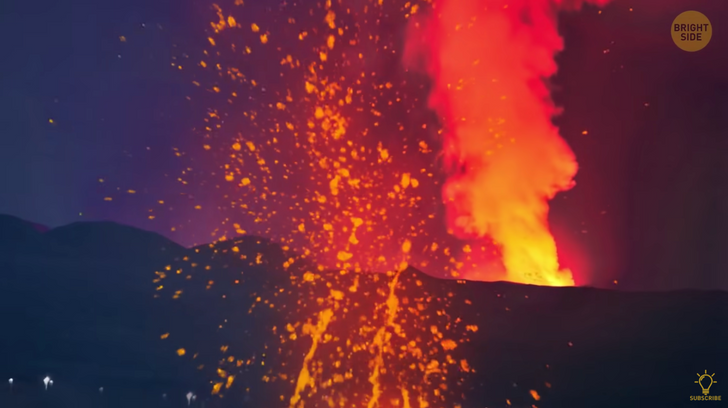
The eruption in Iceland wasn’t super explosive. And this all happened 6 miles from the nearest town, so everyone was perfectly safe. Many even came to see it up close, while other brave visitors tried to fry eggs and bacon on the lava! Just be careful not to burn your breakfast black!
Lava can be over 2,000 °F [2,280 °F (1,250 °C)]. It burns everything in its path! Yet it also produces some of the most fertile land for agriculture! This eruption gave a relatively small amount of lava at first. But it’s been spreading across the valley in different directions, forming a sort of shield that’s constantly growing.
You can never really predict how fast a lava flow will be until you see it. It all depends on how thick it is and how steep the mountain’s slope. Lava can ooze slowly at about 20 [ftpm] feet a minute (a fraction of the average person’s walking speed). Or it can flow as fast as 30 mph, which even the fastest person on Earth can’t outrun!
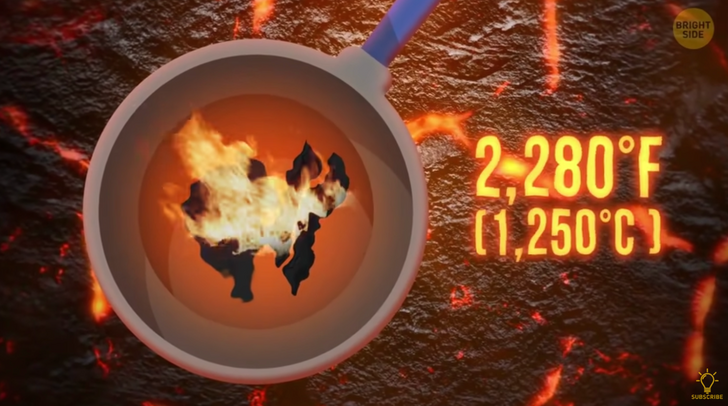
But the lava isn’t even the most dangerous thing about volcanoes! That would be the toxic gases spewing from the eruption. And those spread faster and further than the lava flow! Luckily in Iceland’s case, the wind has been blowing these gases away from residential areas.
Scientists weren’t surprised this volcano erupted — they knew it was coming! Increasingly stronger earthquakes [iceland] had been shaking this area for the past 15 months. There were 50,000 earthquakes just within the 3 WEEKS leading up to the eruption! That’s 100 per hour!
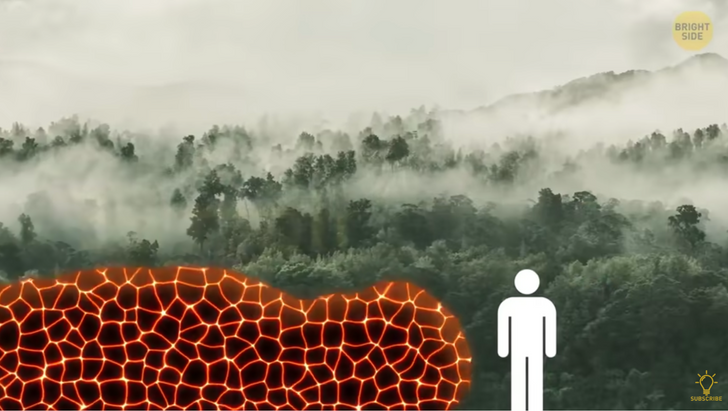
The volcano has been active since March, and geologists say this could last for weeks, months, years, or even decades of constant eruptions in the area! Mount Shasta is in the top 5 most dangerous volcanoes in the U.S., so geologists are keeping a close eye on it. The last eruption was in 1250, I wasn’t around then, but this volcano erupts every 600 to 800 years. Which means, ticktock! We’re due any day now…
About an hour from Portland, Oregon, there’s an active volcano that last erupted in the 19th century. Next time it goes off, scientists think it’ll produce larger amounts of ash and dust. This could cause an electrical black-out and make water unsafe to drink in the area. But the experts pay close attention to Mount Hood. They’ll be able to give plenty of warning, so people can react in time.
Kīlauea is one of the most active volcanoes in the world. It’s been erupting almost constantly since 1983, making it also one of the longest eruptions known on Earth. It’s the youngest land volcano in Hawaii. Volcanoes can take thousands of years to form.
But others can pop up practically overnight [Parícutin]! A volcano in Mexico just erupted in an open field in 1943 and started growing from there! Within a year, it was almost 1,500 [ft(457 m)] feet tall. When the eruptions finally stopped 9 years later, the mount had reached a height of over 9,200 [ft (2,804 m)] feet!
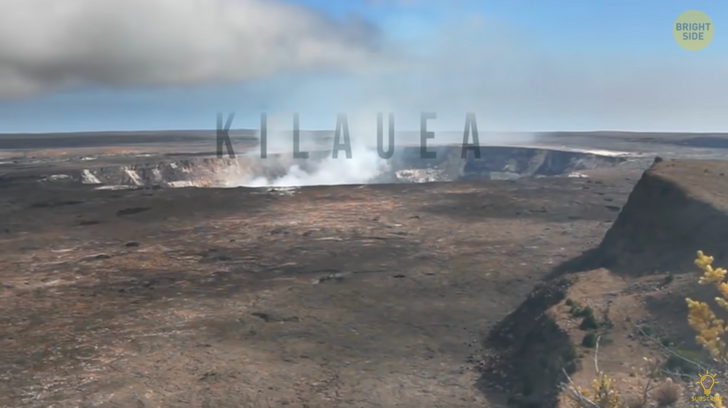
Mount Fuji is an iconic symbol of Japan. The last time it erupted was in 1707, and it sent a shower of burning rocks as far as 60 miles away. If a similar eruption happened today, Tokyo would be within that vicinity! Mount Fuji is right on the Ring of Fire — that horseshoe-shaped region in the Pacific Ocean FULL of active volcanoes and earthquakes. From one end to the other, it’s almost 25,000 [mi (40,000 km)] miles long. It could wrap all the way around the Earth’s equator!
In January 2020, Taal volcano in the Philippines started spewing lava, sending huge plumes of ash half a mile up into the sky. The eruption even triggered a rare phenomenon: a dirty thunderstorm. That’s when the smoke cloud above a volcano produces its own lightning! The chance of “volcanic tsunamis” was also high. Those are usually caused by tectonic movements that occur because of volcanic activity. Taal has erupted more than>30 times in the last 450 years.
This volcano in Ecuador last erupted in 2016. Scientists think it might be showing some early warning signs of magma on the move! This is an active stratovolcano, a specific cone-shaped type with steep sides. They form from sticky lava that doesn’t flow that easily. That lava goes around the vent, cooling and piling on itself to form these steep walls. These types are more likely to produce explosive eruptions like the ones we see in movies.
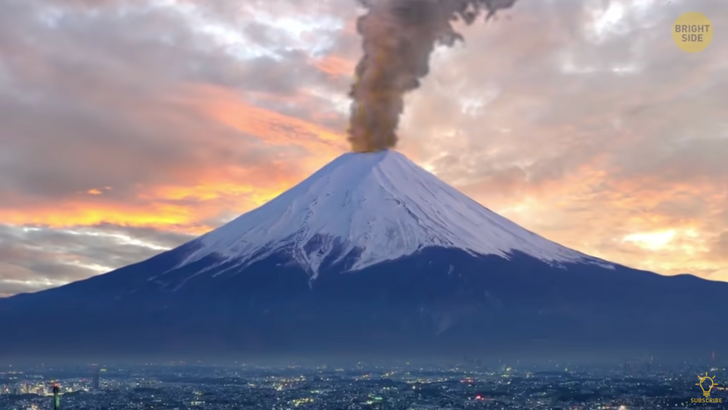
Ruapehu is the oldest national park in New Zealand. A volcanic wonderland where you can closely see all those steaming craters, magnificent lakes, and unusual rock formations. It last erupted in 2007 and has had 10 eruptions since the mid-19th century.
But eruptions, lava flows, and toxic gases aren’t the only danger coming from volcanoes! There’s also a thing called lahar, a kind of volcanic mudflow of debris. In between eruptions, snow melts and a lake forms in the caldera. If the last eruption brought mud, ash, and rocks in the lake, it becomes dangerously full. In that case, only a temporary dam holds it back.
Indonesia has the biggest number of active volcanoes in the world, including one called Anak Krakatoa. It means “Child of Krakatoa” and its famous “parent” isn’t far away. A huge tsunami in 2018 partially woke “junior” — a scary thought since “senior” had one of the most powerful eruptions ever seen on this planet in 1883.
Krakatoa’s BOOM was the loudest sound ever heard. People over 2,000 [ml (3,280 km)] miles away could hear the explosion. The soundwave circled the globe 7 times! And scientists say it’s hard to predict this volcano’s eruption patterns…
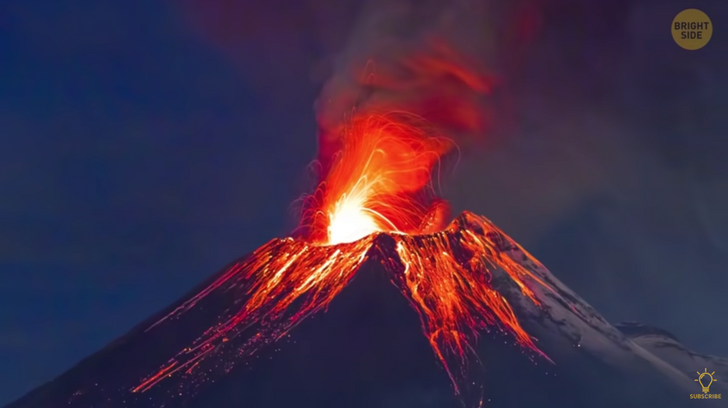
Mount Yasur in Vanuatu is one of just a few volcanoes in the world where you can see a lava lake. Tourists even go there to peer over the edge and get a look at the burning, bubbling lake below! Well, except for when the volcanic activity goes to levels 3 and 4 out of 5. That means there are more intense earthquakes, volcanic tremors, or steam, gas, or ash ejections. Then this place is off-limits because duh!
This volcano in the D.R. Congo has the most active and largest [11,385 ft (3,470 m)] lake volcano in the world. And all that lava is unusually fluid, meaning it travels faster and further than the stuff coming out of most volcanoes! It’s certainly not amongst the tallest ones, but Ethiopia’s Erta Ale is unique in that it has a lava lake almost constantly, which is pretty rare. The locals call it a “smoking mountain” because its lava lake often causes eruptions. This volcano is near the Danakil Depression, one of the hottest places on our planet.
Merapi has been erupting on a regular basis since the mid-16th century. This volcano helps scientists do crucial research on how eruptions work, and how they can warn people in time. After it was dormant for a while, this volcano in central Mexico sprang back to life in 1994. Ever since then, it’s been producing huge mud flows and strong explosions in unpredictable intervals. In the past, enormous eruptions coming from this giant buried entire ancient cities and pyramids!
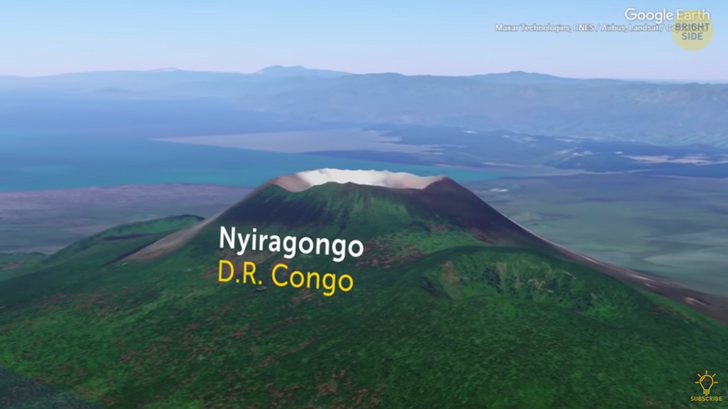
Imagine staying in a hotel and waking up to the magnificent view of a massive volcano covered in glowing rivers of lava and clouds of ash. When it lets off heat, visitors to this area in Guatemala take a chance to roast some marshmallows there! One of the most active volcanoes on Earth is on a small island north of Sicily. Stromboli has regular explosions, together with glowing lava coming from vents inside the crater.
Not too far away is Etna, Europe’s most active volcano and one of the biggest continental [10,991′ (3,350 m)] ones in the world! By the way, Earth definitely isn’t the only planet with volcanoes. The largest one in our solar system is on Mars. It would cover the entire state of Arizona, and it rises nearly 3 times higher than Mount Everest! Whew, don’t look down…
>>> Read full article>>>
Copyright for syndicated content belongs to the linked Source : BrightSide.me – https://brightside.me/wonder-curiosities/50000-earthquakes-in-3-weeks-shook-volcano-awake-813968/




















